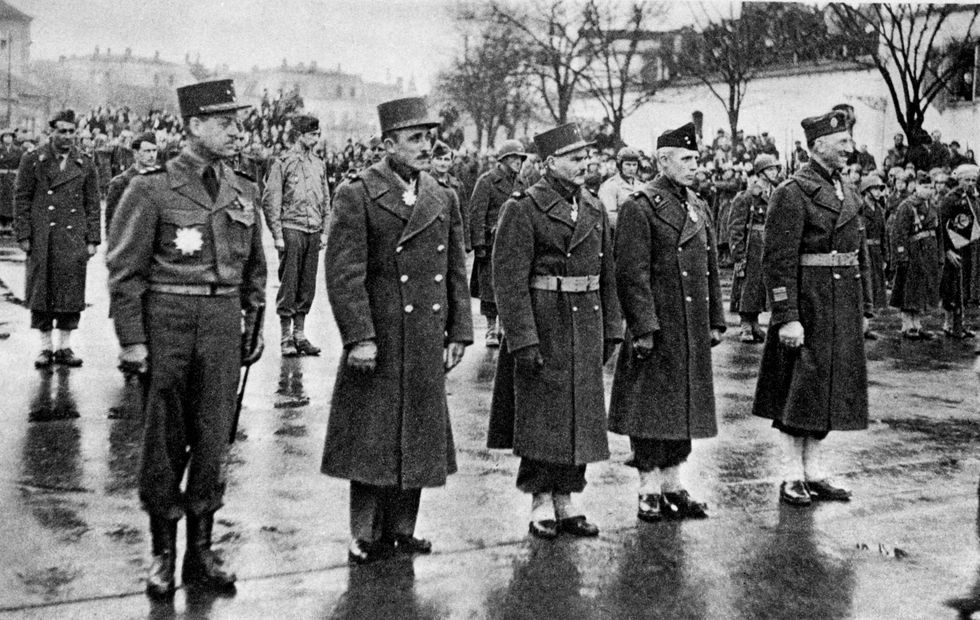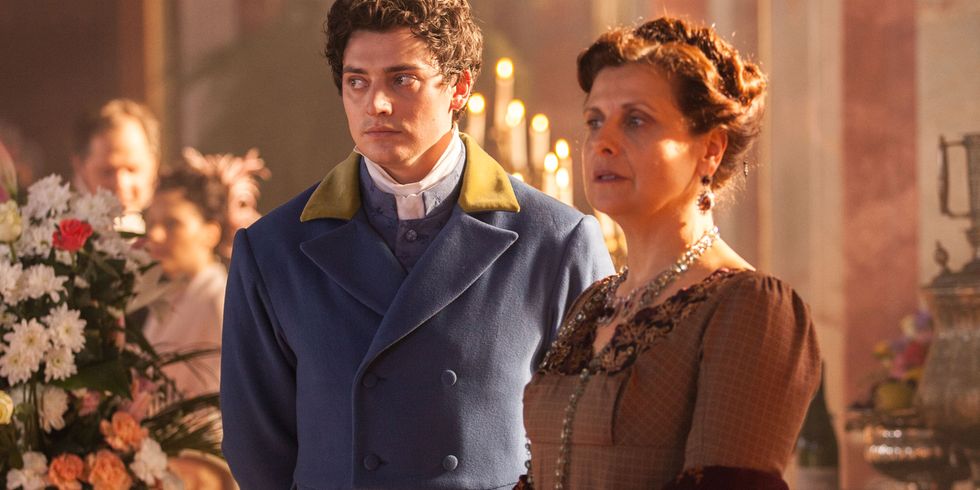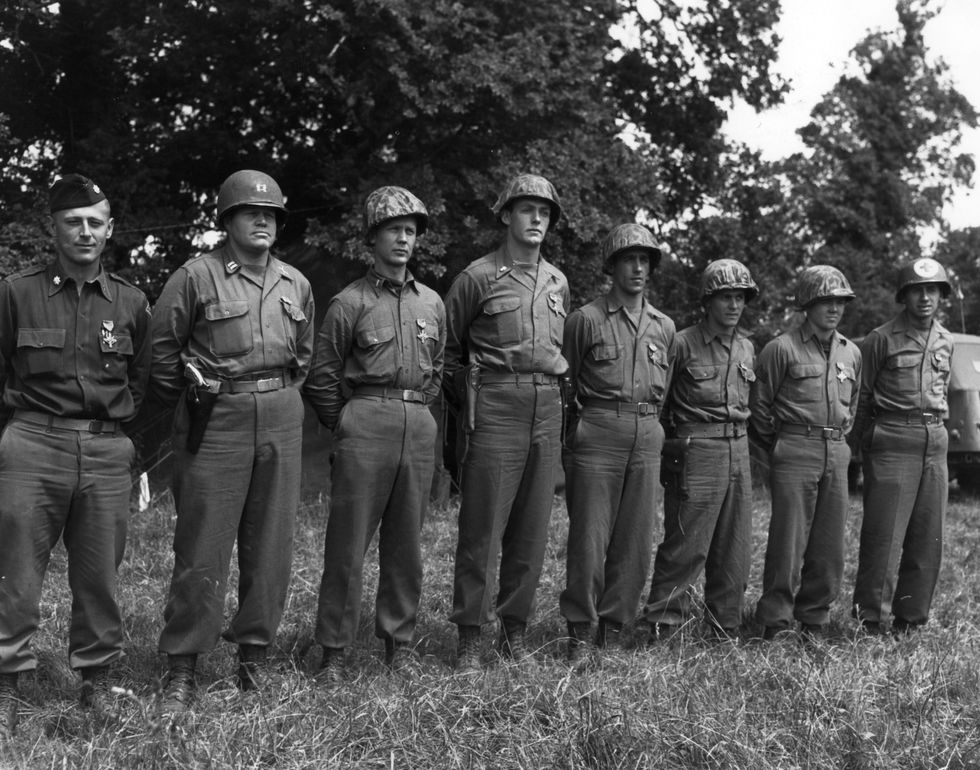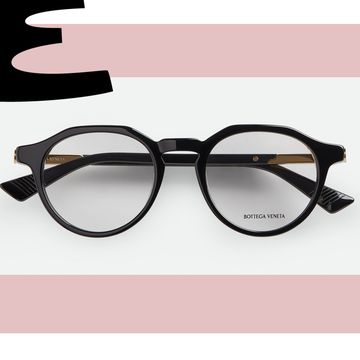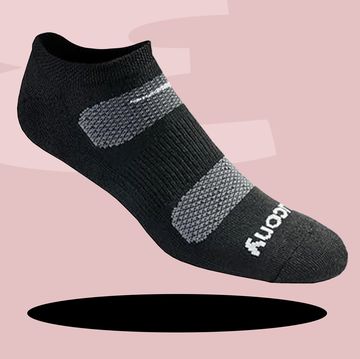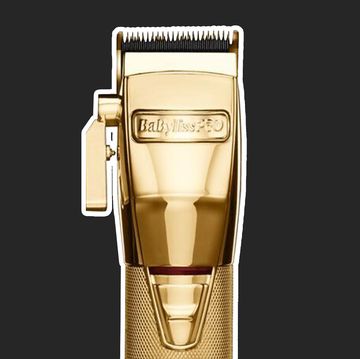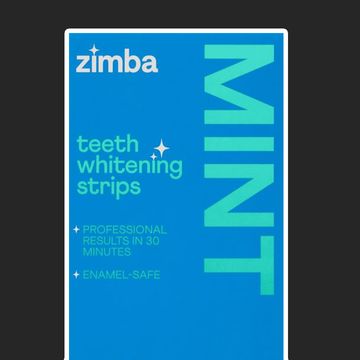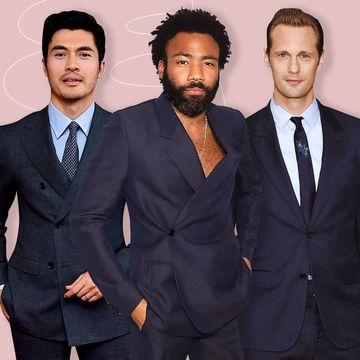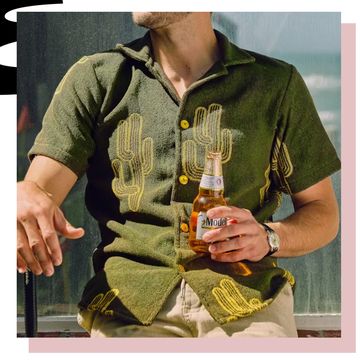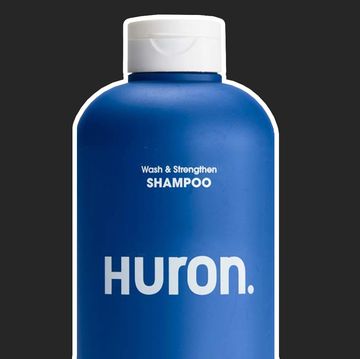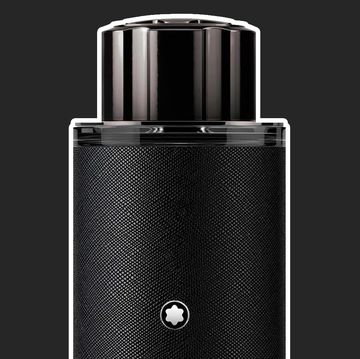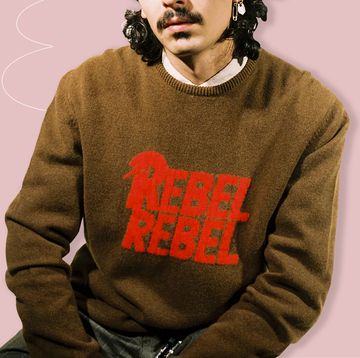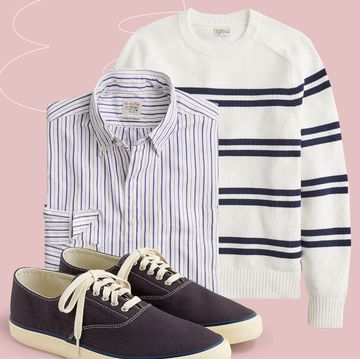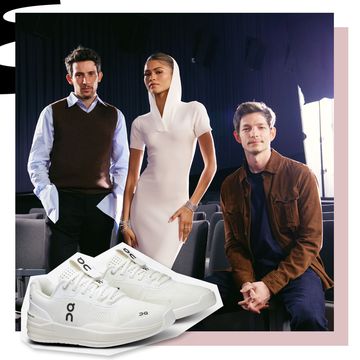If there's a silver lining to the havoc wreaked by Napoleon Bonaparte on Europe during the early 19th Century, it's that menswear today would look considerably different without it. The main thrust of the Napoleonic Wars of 1803 to 1815 may have been to advance the First French Empire, but the undercard was all about military style. The monarchs of France, Russia, England, and Prussia were obsessed with how their soldiers dressed. It was fashion week on steroids, the legacy of which can still be seen in the wardrobes of men today, not to mention in the continuing influence of the military on men's apparel. And we're not just talking about Olivier Rousteing's War-and-Peace-by-way-of-Michael-Jackson designs at Balmain. The fact is, nearly everything men wear today has its roots in military dress. From chinos and bomber jackets to suits, ties, dress shoes, and overcoats, it's impossible to separate the history of menswear from the history of the military uniform.
The Origins
Despite the fact that two hundred years have passed since Napoleon's La Grande Armée, military fashion from that era still serves as the bedrock for much of today's menswear. The gilded romance of War and Peace-era clothing, with its swords and braided epaulets, may be long gone, but that doesn't change that fact that sartorial innovations of 19th Century European armies are still in use today. Take, for instance, the suit. Though it may not be immediately apparent, the modern suit can trace its lineage all the way back to the campaign and dress uniforms of the Napoleonic-era French and Russian armies.
For the French army, those uniforms (there was also a third, more-functional style of uniform for battle) consisted of an open, single-breasted blue and white coat, a white waistcoat, white breeches or trousers, and either boots or shoes with gaiters. For the Russians, it was a dark green, double-breasted coat with a standing collar, white breeches or trousers, and boots in the winter and gaiters and shoes in the summer. These two setups would form the model for what would eventually become, by the 20th Century, the three-piece and the double-breasted suit.
The Expansion
Of course, it took a long gestation period to get there, one that began with the infiltration of military aesthetics into civilian clothing in the wake of Napoleon's campaigns. Thanks to Europe being plagued by war for the better part of two decades, many continental and English tailors perfected their art outfitting soldiers. Subsequently, the techniques and styles they used found their way into civilian dress. Also, as soldiers returned to civilian life, many wanted to retain aspects of their military uniforms (and memories of fading glory) in their clothing. The most famous example of this was OG menswear peacock Beau Brummell, a veteran of the Tenth Royal Hussars in England who, thanks to the continued appropriation of his cavalry uniform into his civvies, became one of the great pioneers of men's fashion.
And though England was the epicenter of men's tailoring during this period, it was the uniforms of the French and Russian armies that were the main sartorial influence. The reason for this was simple: Everybody loves a winner. La Grand Armée dominated the continent up until 1812. And then, after the French retreated from Moscow that year, the Russian army became the sartorial alpha dog. Hence the DNA of both becoming the dominant genes of 19th Century men's fashion, genes that would carry right on through to the present.
During the Victorian era, the single- and double-breasted Victorian frock coat, which would become the precursor to the modern suit jacket, was structured to mimic the tailored and higher arm-holed cut of the Napoleonic-era cavalry officer's coat. Also popularized during this time were trousers. Though it isn't known exactly who first invented the trouser, its popularity was set in motion by Russian, French, and Prussian cavalry officers who first wore "over-breaches"—or side-buttoned pants worn over their breeches—then overalls, leather-reinforced canvas pants worn without breeches, and finally, trousers, pants worn by the cavalry and infantry during battle.
The Suit
By the early 20th Century, that combination of frock coat, waistcoat, and trouser became the matching jacket, vest, and trousers of the modern suit. (The effect was similar to that of the Victorian lounge suit, the era's version of sportswear.) And of course, there is one component of modern dress that has remained largely unchanged since the days of Napoleon—the blucher dress shoe. It was during the early years of the war that Prussian general Gebhard Leberecht von Blucher saw his soldiers having trouble getting their boots on and off. To solve the problem, he commissioned a shoemaker to design a half-boot with two leather flaps across the vamp held together by laces—essentially the design of the modern dress shoe.
Another item that hasn't changed much since its days on the 19th Century European battlefield is the greatcoat. Today, in its more tailored incarnation, it's known as an overcoat. Originally, though, the greatcoat was a large double-breasted woolen winter coat designed to fit over a soldier's pack and uniform. Because of their harsh winters, the Russians' greatcoats went down to just over the ankle, while the French variety fell just below the knee. As tailoring came more into play through the 19th and early 20th Centuries, the greatcoat became less voluminous, and lapels were eventually added. The modern overcoat takes its style cues primarily from the greatcoat's descendant: the officer's coat of WWII.
Two other features of Napoleonic uniforms still in existence, albeit in different capacities, are belts and epaulets. The modern belt is derived from the thick leather belts originally worn by Russian and Prussian cavalry officers on the outside of their uniforms as both decoration and as a way to support their sabers. It wasn't until after WWI, when the waists of men's trousers were lowered, that the belt was adapted as an alternative to suspenders (or braces) for keeping one's pants up. As for epaulets, while they're purely decorative for civilian purposes, during the Napoleonic Wars they functioned to distinguish soldiers by their regiment. Along with linings, turnbacks, and braidings, these elements—known as "facings"— each had a specific color that corresponded to the regiment.
Military Influence in the Modern Age
Though most of what filtered down from Napoleonic-era uniforms found its way into modern business and formal attire, military dress has had a huge influence on casual-wear as well, albeit from the more recent military era in which function is favored over form. The T-shirt, for example, that stalwart of American fashion since Brando and Dean, was originally issued by the U.S. Navy sometime between the Spanish-American War and 1913 as a standard undergarment. The Spanish-American War was also gave us chinos. When American soldiers were stationed in the Philippines, they began wearing a light cotton pant made in China, which is where we get the name "chino." Then there's the MA-1 flight jacket, also known as the bomber jacket, a modern staple of #menswear that was first issued to U.S. Air Force and Navy pilots during the early 1950s.
And there are other more obvious examples of military-inspired menswear as well. Cargo pants and field jackets derived from the uniforms of WWII soldiers, and turtleneck sweaters, pea coats, and woolen beanies, those staples of contemporary winter-wear, have been used by Navies since the 18th Century. Even jeans are military-influenced, their popularity stemming from the influx of servicemen after WWII wearing standard-issue Navy dungarees as casual wear. All in all, men would probably be walking around naked today if not for the military. In fact, if you really want to know what the next menswear trend will be, forget fashion shows and street style blogs. Just hang around the military barracks for a while and you'll end up the most fashion-forward guy around.



